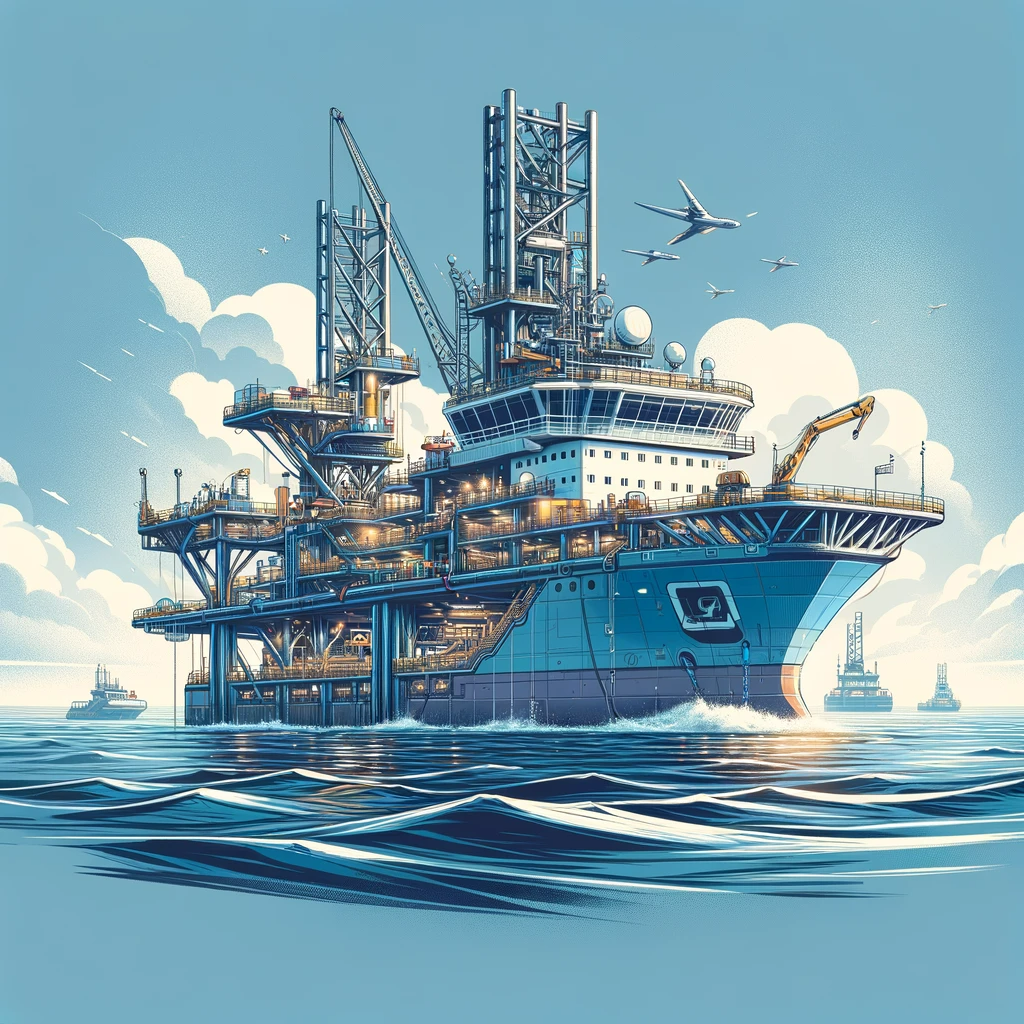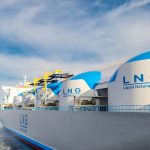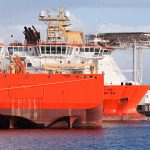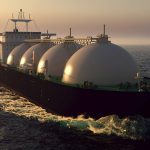

Jackup Technology: A Comprehensive Guide to Offshore Jackup Vessels and Their Applications
In the ever-evolving realm of offshore operations, jackup technology stands as a stalwart, enabling a wide array of tasks in the marine industry. Whether it’s drilling for oil, constructing wind farms, or providing comfortable living quarters for offshore workers, jackup vessels are at the heart of these endeavors. This comprehensive guide dives deep into the world of offshore jackup technology, exploring its applications, operational requirements for various vessel types, and the intricate design specifications that make these platforms so versatile.
The mission of the jackup system
The main goal of a jackup system, particularly in offshore drilling operations, is to provide a stable and elevated platform for drilling or production activities in shallow waters. By lifting the drilling rig above the water level, the jackup system minimizes the impact of waves, currents, and other environmental factors, thereby ensuring safer and more efficient operations. This elevated platform allows for the deployment of drilling equipment, personnel, and supplies, while also providing stability for drilling operations in relatively calm waters. Additionally, the mobility of jackup systems allows them to be easily relocated to different locations, making them versatile assets for offshore exploration and production activities.
How does a jackup system work
- Basic Structure: A jackup rig ( or barge in some cases) has three or more legs, which are connected to the hull of the rig. These legs can be lowered or raised to lift the hull above the water surface.
- Floating to Position: Initially, the rig is floated into position using its self-propeller or towed hull. Once in the desired location, the legs are lowered to the seafloor.
- Leg Penetration: The legs are designed with spud cans at the bottom, which help them penetrate the soft seafloor sediment to provide stability. The weight of the rig, combined with the spud cans, helps to embed the legs securely into the seabed.
- Jacking Up: After the legs are firmly positioned on the seafloor, the hull is jacked up using hydraulic or mechanical systems. As the hull rises, it elevates above the water level, providing a stable platform for drilling or production operations.
- Operational Phase: Once elevated, the rig (or barge) can perform its intended operation- whether its drilling, well intervention, or act as an accommodation facility activities depending on what type of rig or barge it is. The stability is maintained by the legs being firmly planted on the seabed, while the platform remains elevated above potential wave actions.
- Repositioning and Moving: When operations are completed at one location, the rig can raise its legs, retract the spud cans, and float to another location for further operations.
In essence, jackup technology combines the mobility of a floating vessel with the stability of a fixed platform, making it suitable for shallow water drilling operations where a full-blown fixed platform might not be economically feasible or necessary.
Applications of Jackup Technology:
Jackup technology finds its utility in several key applications, each tailored to specific industry needs. Lets take a look at the main types of vessels that utilize jackup technology:
- Jackup Drilling Rigs:
- Operational Depth: Typically operating in water depths of 100 to 400 feet, jackup drilling rigs are indispensable for nearshore and offshore drilling operations.
- Leg Length: Longer legs provide access to deeper waters, expanding their operational range.
- Load Capacity: These rigs must support the weight of drilling equipment, casing, and wellheads.
- Jackup Construction Barges:
- Operational Depth: From coastal waters to deeper offshore locations, jackup construction barges are versatile and adaptable.
- Payload Capacity: The barge’s payload capacity is essential for accommodating heavy construction equipment and materials.
- Deck Space: To set up construction machinery, cranes, and work areas efficiently.
- Jackup Accommodation Barges
- Operational Depth: Commonly used in shallow to medium-depth waters, these barges provide accommodation and workspace for personnel involved in construction, maintenance, and repair projects.
- Living Facilities: Comfortable living quarters, dining facilities, and recreation areas ensure crew well-being during extended offshore assignments.
- Support for Work Crew: Office spaces, storage, and communication facilities cater to the operational needs of the work crew.
Design and Specifications for Each Vessel Type:
- Jackup Drilling Rigs:
- Cantilevered Drill Floor: Many jackup drilling rigs feature a cantilevered drill floor that extends beyond the edge of the rig.
- Drilling Equipment: Equipped with advanced drilling equipment like top drives and blowout preventers.
- Dynamic Positioning Systems: Some rigs are equipped with dynamic positioning systems to maintain precise positioning over wellheads.
- Jackup Construction Barges:
- Deck Space: A spacious deck is essential for accommodating heavy construction equipment, cranes, and work areas.
- Specialized Equipment: Construction barges may include specialized equipment like pile driving systems, foundation installation tools, and lifting gear.
- Crane Capacity: The capacity of onboard cranes is crucial for heavy lifting and installation tasks.
- Jackup Accommodation Barges:
- Accommodation Facilities: These barges feature well-appointed living quarters, dining areas, and recreation facilities.
- Workspace: Office spaces are essential for administrative tasks, planning, and coordination.
- Safety Measures: Safety features like life-saving equipment, evacuation systems, and fire suppression systems are integral to accommodation barges.
Chartering the Right Jackup Vessel
When chartering a jackup vessel, consider the specific needs of your project:
- Technical Specification: Ensure the vessel’s technical specifications meets the operational and technical requirements of the charterer.
- Operational Depth: Ensure the vessel’s operational depth capabilities match your project’s requirements.
- Equipment and Payload: Evaluate whether the vessel is equipped with the necessary machinery and has the payload capacity for your tasks.
- Accommodation Standards: For accommodation barges, prioritize crew capacity, crew comfort, and facilities.
- Safety and Compliance: Verify that the vessel complies with international safety standards and environmental regulations.
Conclusion:
Offshore jackup technology plays a pivotal role in diverse maritime sectors, from energy production to construction and logistics. Understanding the applications, operational requirements, and design specifics of jackup vessels is crucial for making informed decisions when chartering these versatile offshore platforms. Whether you’re drilling for oil, erecting wind turbines, or accommodating work crews, the right jackup vessel is the key to success in your offshore endeavors. Dive into the world of jackup technology and harness its capabilities to meet the challenges of the offshore frontier.
Related posts


LNG Tanker Valuation: What Influences the Sale Price?

Buy and Sell Offshore Vessels






